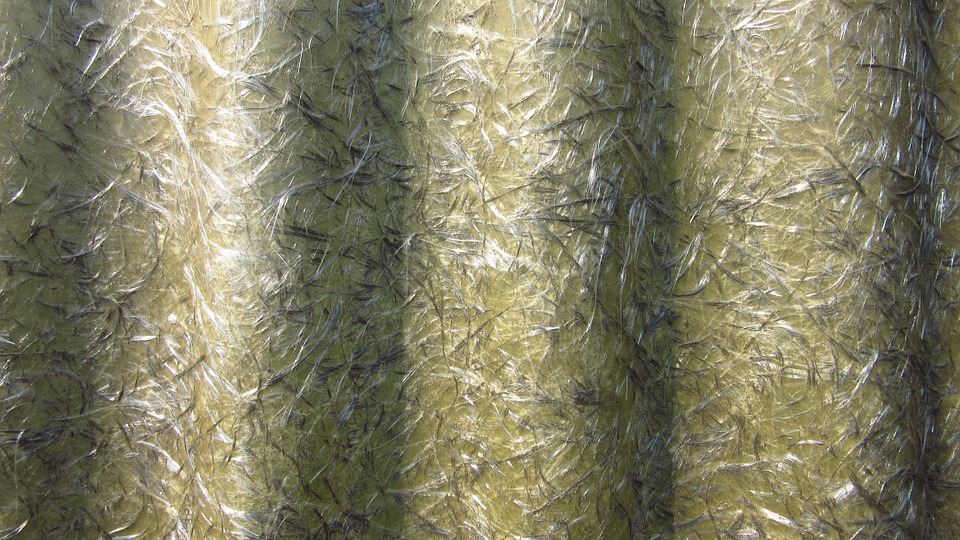Platinum Products for Fiberglass Production
Pliable glass strands form the structural backbone of fiberglass products, reinforcing the polymeric matrix and imparting many of the desired end-product characteristics. These are largely determined by the composition of the glass fibers which are engineered from quarry products and minerals, like regular glass. Subsequently, the conventional challenges of glass working and molten glass handling are just as prevalent in fiberglass production; particularly the challenge of refractory corrosion.
Platinum products have been used to protect refractory elements in furnaces from the corrosive behavior of molten glass in both general glass manufacturing and fiberglass production for years. Molten glass attacks refractories via two basic processes: a chemical interaction at the interface between the melt and the ceramic; and the removal of reaction products from the interface. The first process can drastically shorten the service life of furnaces while the second is known to introduce inhomogeneities into the glass.

Integrating platinum products into a melting furnace and glass fiber production line can significantly improve component service lives and reduce the propagation of defects in glass strands.
Platinum Products in Glass Fibre Furnaces
The earliest use of platinum products in glass melting furnaces was for the protection of refractory elements. This was primarily used as a method of reducing contamination by reaction products that could result in an inferior end-product. Protecting refractories with sheet platinum has now become a common practice for numerous components within melting furnaces and fiberglass production lines.
Production of glass strands differs from that of bulk glass in that the melt is flowed down through a bushing; a small aperture with several narrow orifices. Thin strands of the melt flow through these holes through a jet of air that rapidly cools the material as it descends towards a collection conveyor. This process would be extremely difficult without the use of platinum products.
Platinum alloys have proven essential in the manufacture of fiberglass bushings due to the material’s exceptional thermochemical properties. Electrical grade fiberglass (E-Glass) is flowed through bushings at a melt temperature of approximately 1550°C (2822°F), before flowing through high-pressure jets of steam or air. To maintain a consistent diameter of the glass strands it is important that the orifices are not subject to thermal expansion or contraction under these conditions. Platinum-rhodium alloys are particularly suited to the demanding operating temperatures of molten glass, and the alloy has widely been employed in the manufacture of high throughput bushings for glass filament production.
Platinum Products from XRF Scientific
XRF Scientific is a world leader in the production of platinum products for laboratory and industrial applications. Our semi-finished platinum products are available in a choice of alloying compositions and formations, with good suitability for commercial-scale component manufacturing.
If you would like to learn more about the platinum products that we offer, simply contact us directly.









